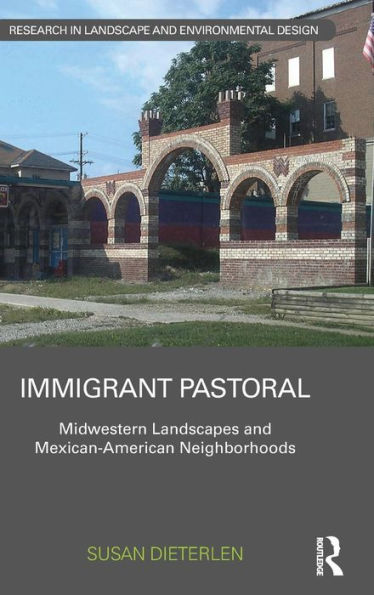This story of places shaped by immigrants new and old and the reactions of other residents to their arrival is critical to the future of all cities, towns, and neighborhoods striving to weather the economic transformations and demographic shifts of the twentieth and twenty-first centuries. The challenges facing these cities demand the recognition and appreciation of their multicultural assets, in order to craft a bright and inclusive future.
This story of places shaped by immigrants new and old and the reactions of other residents to their arrival is critical to the future of all cities, towns, and neighborhoods striving to weather the economic transformations and demographic shifts of the twentieth and twenty-first centuries. The challenges facing these cities demand the recognition and appreciation of their multicultural assets, in order to craft a bright and inclusive future.

Immigrant Pastoral: Midwestern Landscapes and Mexican-American Neighborhoods
192
Immigrant Pastoral: Midwestern Landscapes and Mexican-American Neighborhoods
192Related collections and offers

Product Details
| ISBN-13: | 9780415723688 |
|---|---|
| Publisher: | Taylor & Francis |
| Publication date: | 07/20/2015 |
| Series: | Routledge Research in Landscape and Environmental Design |
| Pages: | 192 |
| Product dimensions: | 6.12(w) x 9.19(h) x (d) |
